A skin-interfaced three-dimensional closed-loop sensing and therapeutic electronic wound bandage
- PMID: 40593825
- PMCID: PMC12218315
- DOI: 10.1038/s41467-025-61261-8
A skin-interfaced three-dimensional closed-loop sensing and therapeutic electronic wound bandage
Abstract
Chronic wound healing is a complex and long-standing problem, that has been a major and critical clinical concern around the world for years. Recent advances in digital wound dressings open new possibilities for solving the problem. Here, we report a battery-free, fully permeable, skin-adhesive, stretchable electronic wound bandage (iSAFE) for intelligent wound management. This electronic bandage exhibits superior properties in multiple features and can be conformally adhered to the skin wound. In addition, the iSAFE can accurately assess the wound conditions in-situ and thus adaptively perform localized drug release. The results from both in vitro and in vivo studies on animals prove the validity of wound monitoring, wound healing boosting and intelligent closed-loop wound management. Clinical trials on patients across age 18 to 95 with various types of wounds are performed. These results all indicate the unique and universality of the reported technology for wound monitoring and management.
© 2025. The Author(s).
Conflict of interest statement
Competing interests: The authors declare no competing interests.
Figures
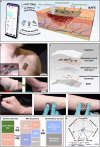
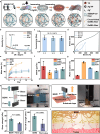

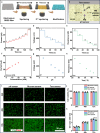
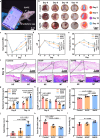
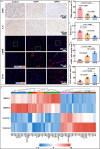
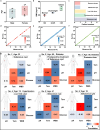
References
-
- Yu, X. et al. Needle-shaped ultrathin piezoelectric microsystem for guided tissue targeting via mechanical sensing. Nat. Biomed. Eng.2, 165–172 (2018). - PubMed
-
- Song, E. et al. Miniaturized electromechanical devices for the characterization of the biomechanics of deep tissue. Nat. Biomed. Eng.5, 759–771 (2021). - PubMed
-
- Zhang, B. et al. A three-dimensional liquid diode for soft, integrated permeable electronics. Nature628, 84–92 (2024). - PubMed
MeSH terms
Grants and funding
- 62122002/National Natural Science Foundation of China (National Science Foundation of China)
- 9667221/City University of Hong Kong (CityU)
- 9678274/City University of Hong Kong (CityU)
- SGDX20220530111401011/Shenzhen Science and Technology Innovation Commission
- MRP020/21/Innovation and Technology Commission (ITF)
LinkOut - more resources
Full Text Sources

